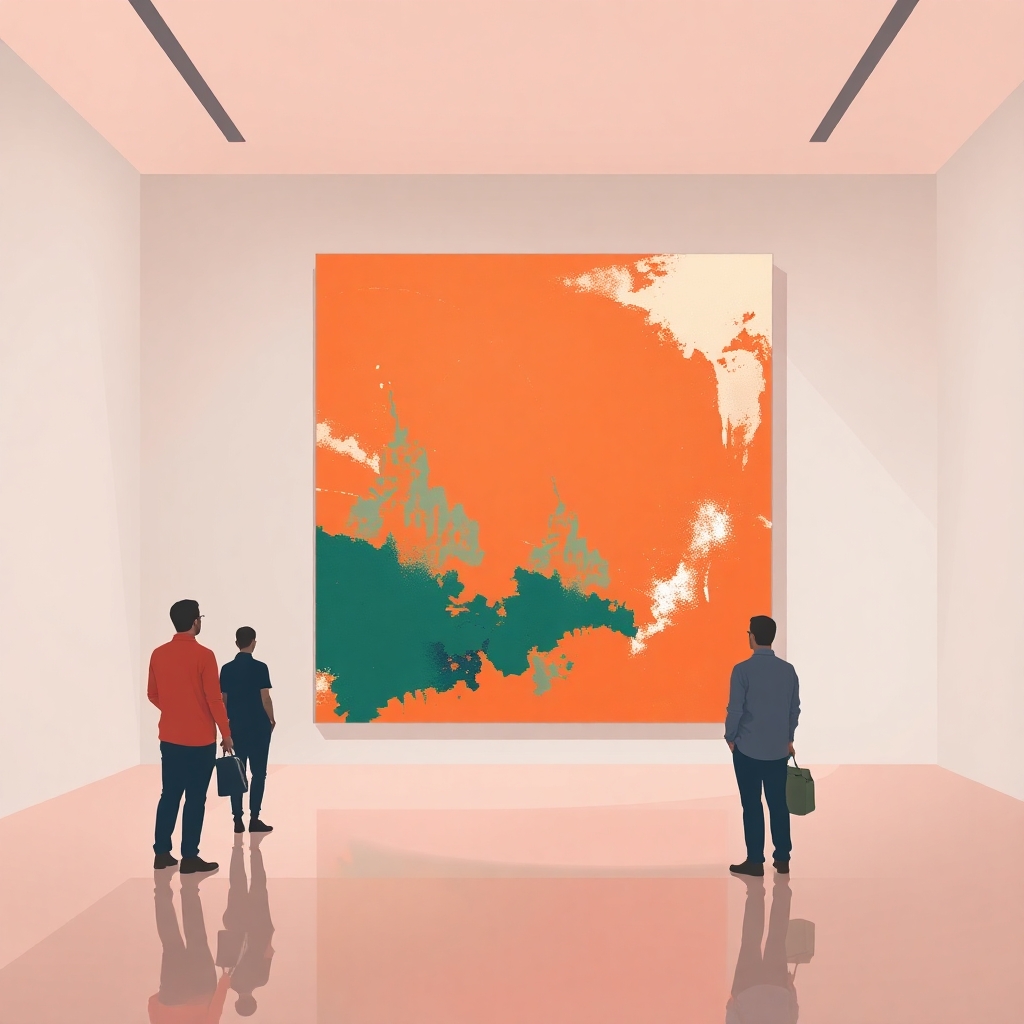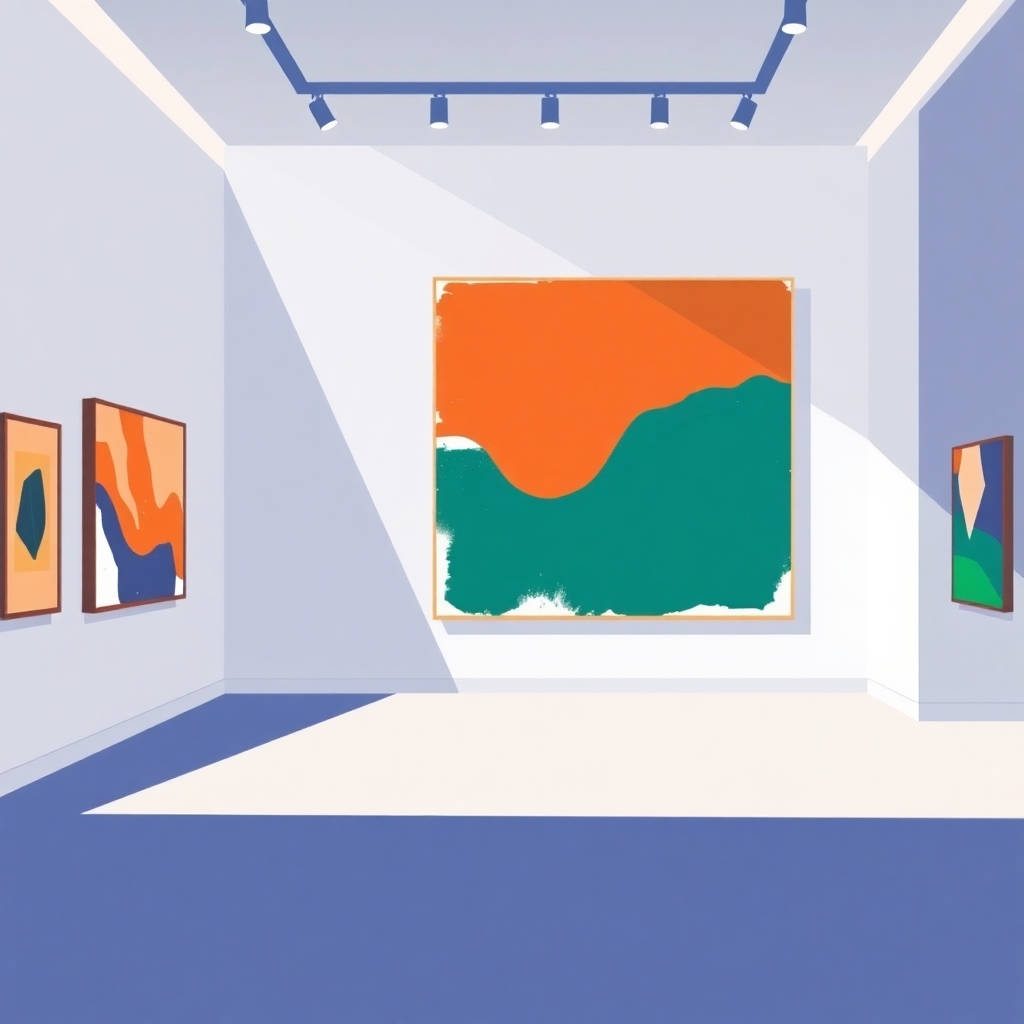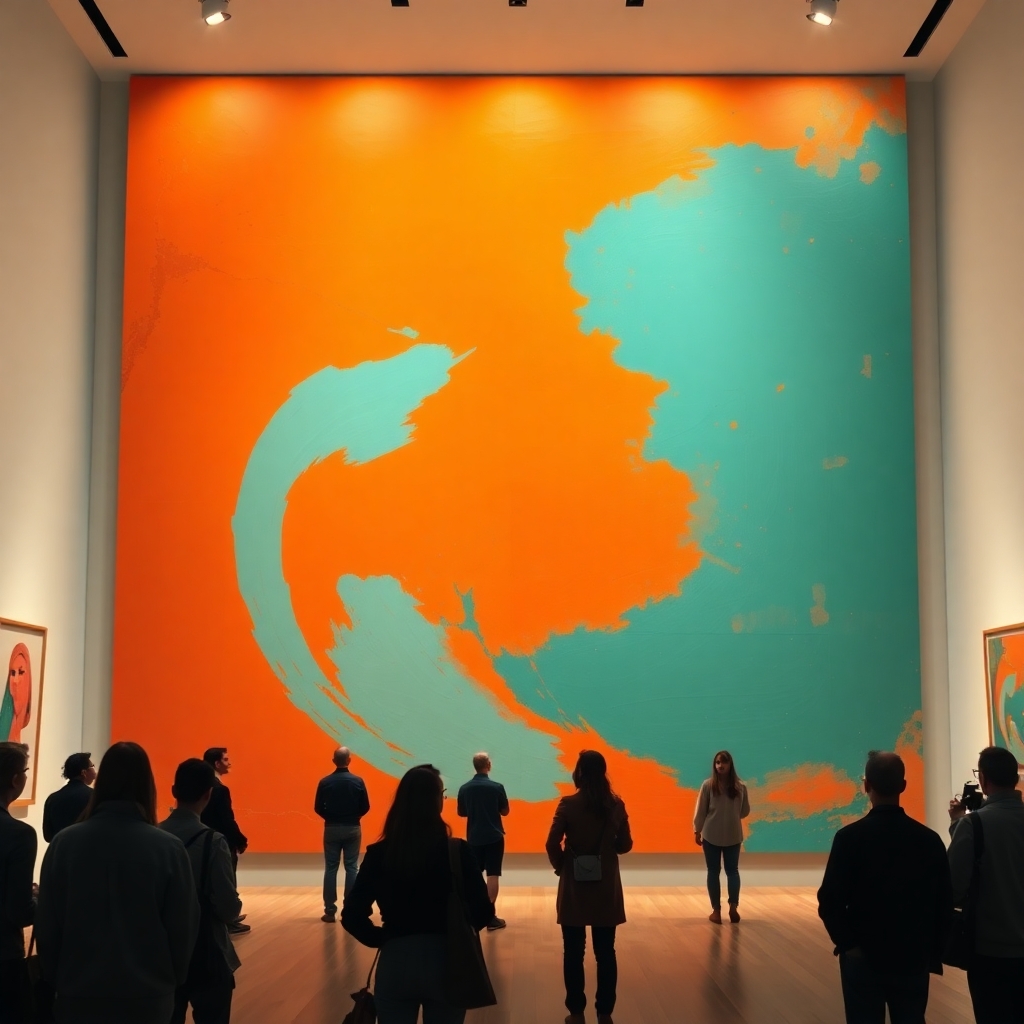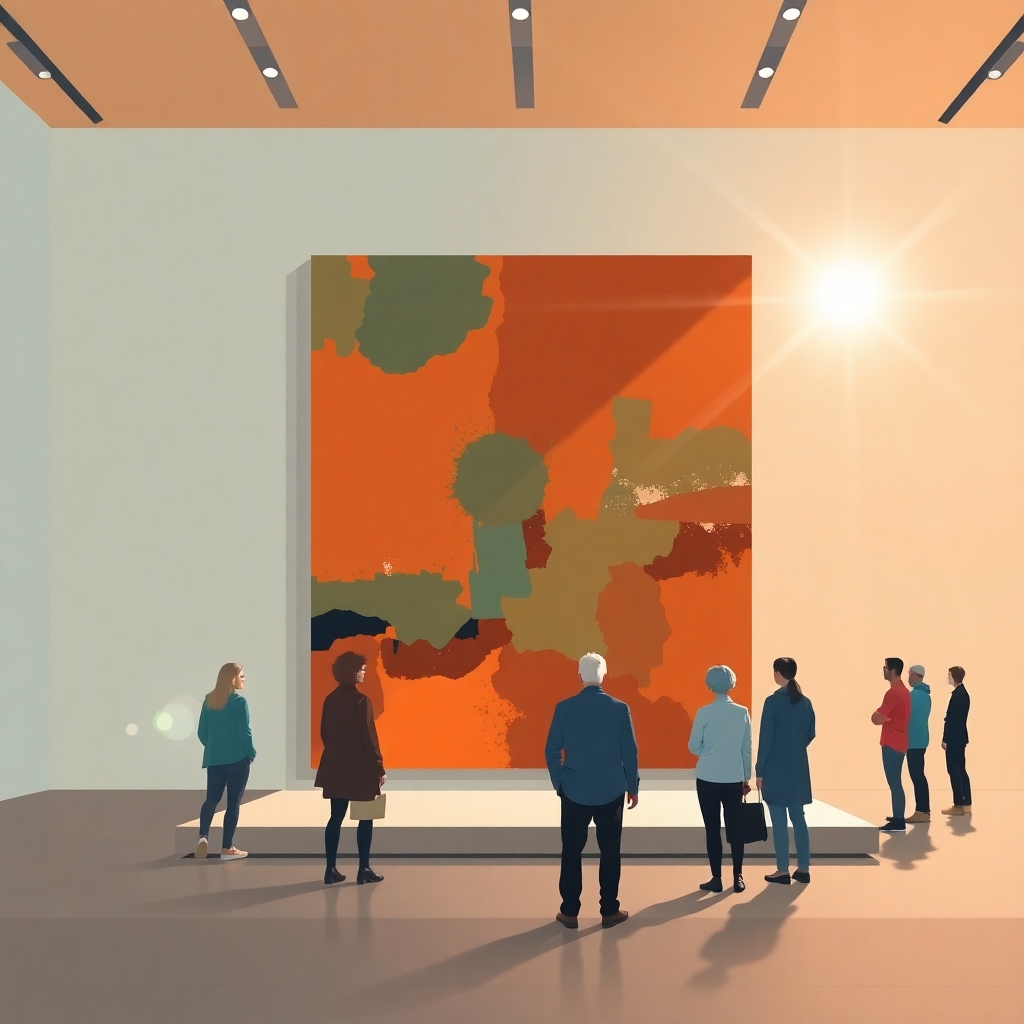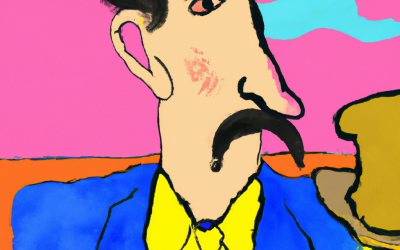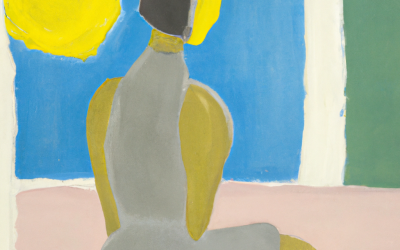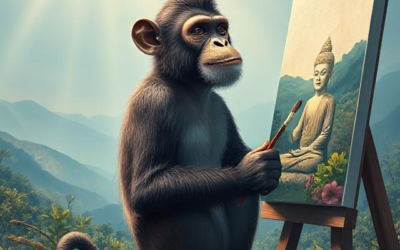So…the age-old question: how to make expensive art—art so valuable that people willingly part with their hard-earned cash to own it? Is it sheer talent? Is it mystique? Is it an elaborate performance piece where you just sit in a gallery and dramatically sip espresso while contemplating existence? (That last one might actually work.)
If you’ve ever wondered what makes certain art sell for jaw-dropping prices while yours lingers unsold in the abyss of the internet, you’re in the right place. Let’s break down the art—and science—of making expensive art, while keeping things fun.
And by the way, we’re talking about visual art here, but these concepts apply to all types of artists.

Step 1: Make Your Art Big (Literally and Figuratively)
There’s a reason giant canvases command higher prices than tiny ones. Large-scale work is harder to ignore, more immersive, and gives buyers the feeling they’re getting more “art” for their money. Plus, a massive painting just feels expensive—kind of like a penthouse versus a studio apartment.
But size isn’t the only thing that matters. Make your ideas big. Bold concepts, daring compositions, and unique materials can all add perceived value. Think Jeff Koons’ balloon animals—ridiculous? Maybe. Expensive? Absolutely.
Step 2: Develop a Signature Style (and Stick to It)
You know those artists whose work you can recognize instantly? That’s no accident. Having a consistent, recognizable style increases desirability. When people can say, “Oh, that’s definitely a [Your Name] piece,” you’ve made it.
So, whether it’s surrealist oil paintings of flamingos in bowler hats or ultra-minimalist sculptures made of recycled traffic cones, find your thing and own it.
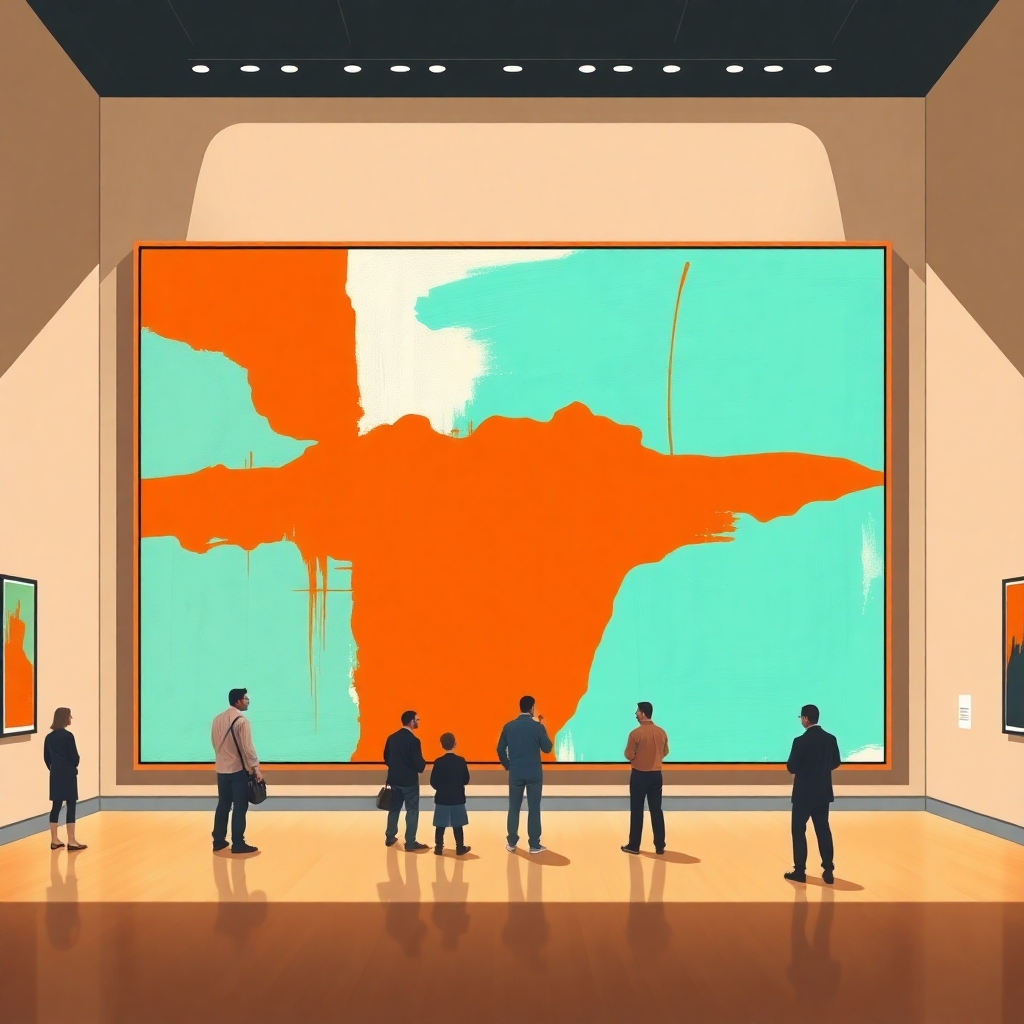
Step 3: Master the Art of Storytelling
Expensive art isn’t just about technique—it’s about the story. Buyers love a good narrative. The struggle, the inspiration, the midnight epiphany where you painted with nothing but coffee and existential dread—these things add depth (and value) to your work.
Case in point: Banksy’s self-destructing painting. That was just a print, but because it shredded itself in front of an audience, it became worth even more. Why? Because of the story.
Step 4: Hype Yourself (Even If It Feels Weird)
Yes, the art world has a love-hate relationship with self-promotion, but let’s be honest—famous artists are often just as skilled at marketing as they are at making art.
- Build an online presence.
- Show up at galleries and events.
- Get featured in articles (even if you write them yourself).
- Work with influencers or collectors to build credibility.
Basically, become the person everyone wants to know. Scarcity and exclusivity drive prices up, so make your work feel just out of reach.
Step 5: Make It Harder to Get
Want to make your art seem more valuable? Don’t make it too easy to buy. Limited editions, commission waitlists, and high-profile collaborations all increase desirability. Think of luxury brands—part of their appeal is that not everyone can have them.
If you’re selling online, don’t just slap your work on every site available. Carefully choose where you show and sell your pieces. Top-tier collectors aren’t browsing bargain-bin art markets.
Step 6: Use Premium Materials (Or Make It Look That Way)
You don’t have to carve sculptures from 24K gold, but materials do matter. High-quality canvas, archival paints, rare woods—these all scream luxury. Even if you use unconventional materials, positioning them as rare or innovative adds value.
For example, if you paint on old car doors, don’t just call it “upcycled art”—call it “a commentary on industrial decay and human resilience.” Boom. Price doubled.
Step 7: Get in the Right Circles
Expensive art often sells through exclusive networks. This means galleries, collectors, and curators who have the right audience. If your work is hanging next to pieces worth six figures, your price tag automatically seems more reasonable by association.
Also, consider entering high-profile competitions, residencies, and curated exhibitions. Prestige equals price.
Step 8: Keep a Mysterious Air (But Not Too Mysterious)
Ever notice how some of the most expensive artists keep a bit of mystery? People love an enigma. Give just enough insight into your process to intrigue buyers but not so much that they feel they could do it themselves.
Maybe you have a rare technique that only you have mastered. Maybe you only paint during full moons. Maybe each piece is infused with a personal mantra. Whatever it is, make your art feel like a once-in-a-lifetime opportunity.
Step 9: Price Your Art Like You Mean It
Finally, let’s talk about actually pricing your art. Here’s the secret: If you price too low, people assume it’s not valuable. If you price too high, people think you’ve lost your mind. The trick is finding that sweet spot where your work is expensive enough to be taken seriously but still accessible enough for the right buyer.
A few tips:
- Base your price on time, materials, and demand.
- Look at what similar artists in your niche are charging.
- Start high—you can always offer discounts, but you can’t raise prices once people expect them to be low.
You Can Do It…
Making expensive art isn’t just about talent—it’s about perception, positioning, and a little bit of well-crafted mystique. You don’t need a massive following or a prestigious gallery backing you to start increasing your art’s value. You just need to be strategic, confident, and maybe wear a stylish beret while contemplating the meaning of life.
Now go and create something so stunningly valuable that people beg to own it. And if all else fails, just make it really, really big. That seems to work.


